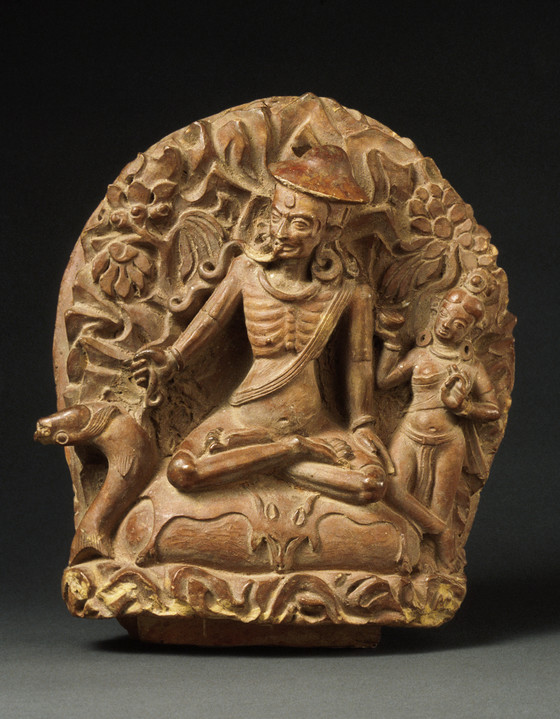The Mahasiddha (Great Adept) Luipa

Please log in to add this item to your gallery.
View comments
No comments have been posted yet.
Add a comment
Please log in to add comments.
Please log in to add tags.
* Nearly 20,000 images of artworks the museum believes to be in the public domain are available to download on this site.
Other images may be protected by copyright and other intellectual property rights.
By using any of these images you agree to LACMA's Terms of Use.
The Mahasiddha (Great Adept) Luipa
Nepal, Patan or Thimi, early 17th century
Sculpture
Earthenware
8 3/4 x 7 1/2 x 2 5/8 in (22.2 x 19 x 6.7 cm)
Gift of Professor and Mrs. Thomas O. Ballinger (M.80.97.1)
Not currently on public view


